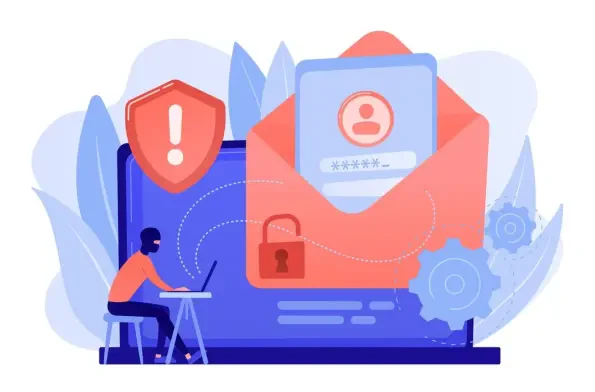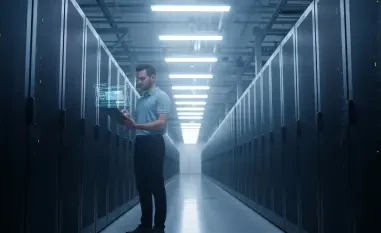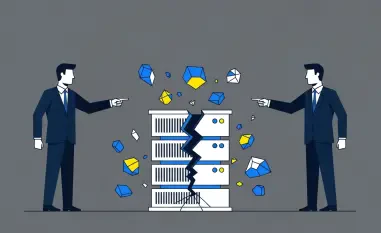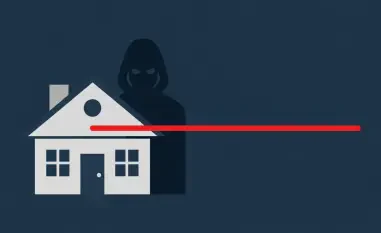In the ever-evolving landscape of cybersecurity, few threats are as pervasive and damaging as phishing attacks. Today, we’re diving deep into the recent takedown of the RaccoonO365 phishing network, a sophisticated operation that targeted thousands of users worldwide. I’m thrilled to speak with Malik Haidar, a seasoned cybersecurity expert with a wealth of experience in combating digital threats at multinational corporations. With a sharp focus on analytics, intelligence, and integrating business strategies into security solutions, Malik offers unparalleled insight into this high-stakes battle against cybercriminals.
How did the cybersecurity community first uncover the scale of the RaccoonO365 phishing operation?
The discovery of RaccoonO365 came through a combination of threat intelligence and proactive monitoring by major tech players. Since around July 2024, patterns of phishing attacks mimicking trusted brands like Microsoft and Adobe started spiking, targeting users across 94 countries. By analyzing login attempts and stolen credential data, it became clear that over 5,000 Microsoft 365 accounts were compromised. Teams like Microsoft’s Digital Crimes Unit traced these attacks back to a centralized phishing-as-a-service toolkit, which was being marketed to other criminals on underground forums.
What makes a phishing-as-a-service model like RaccoonO365 particularly dangerous for everyday internet users?
What’s so alarming about phishing-as-a-service, or PhaaS, is how it lowers the barrier to entry for cybercriminals. With RaccoonO365, you don’t need to be a tech wizard to launch a sophisticated attack. For as little as $355 for a 30-day subscription, anyone can access tools to send out thousands of phishing emails daily, complete with fake pages that steal credentials. It’s especially dangerous because it scales so easily—attackers can target up to 9,000 email addresses a day, often bypassing security measures like multi-factor authentication, putting everyone from individuals to large organizations at risk.
Can you explain the significance of seizing 338 domains tied to this operation and the impact it likely had on the criminals behind it?
Seizing 338 domains was a massive blow to RaccoonO365’s infrastructure. These domains were the backbone of their phishing pages, where victims were tricked into entering their credentials. By taking them down, with the help of a court order from the Southern District of New York, the operation’s ability to reach new targets was severely disrupted. It’s not just about stopping current attacks; it raises the operational costs for cybercriminals, forcing them to rebuild their network from scratch, which can deter smaller players or at least slow them down significantly.
What role did collaboration between tech giants play in making this takedown more effective?
The partnership between Microsoft and Cloudflare was pivotal. Microsoft brought deep insights into the phishing toolkit and victim data, while Cloudflare leveraged control over the domains and scripts used by RaccoonO365. Over several days in early September 2025, Cloudflare banned the domains, put up warning pages to alert users, and terminated related scripts and accounts. This kind of joint effort ensures a more comprehensive disruption—hitting both the technical infrastructure and the user-facing elements—something neither could achieve alone at this scale.
How do cybercriminals exploit legitimate tools to enhance their phishing attacks, and what challenges does this create for defenders?
One of the trickiest aspects of RaccoonO365 was their use of legitimate tools like Cloudflare Turnstile as a CAPTCHA system. This made their phishing pages look more authentic and helped filter out bots or security scans, ensuring only real victims interacted with the site. They also used scripts to detect automation, further protecting their operations. For defenders, this is a nightmare because it blurs the line between legitimate and malicious use of widely trusted services. It forces us to rethink detection methods and puts pressure on service providers to tighten abuse policies without impacting legitimate users.
What can you tell us about the operational mistakes that led to identifying a key figure behind this phishing network?
A critical slip-up in operational security exposed a hidden cryptocurrency wallet linked to the operation. This kind of error—likely a misconfiguration or careless transaction—gave investigators a direct line to trace payments and attribute the scheme to an individual believed to be based in Nigeria. It’s a reminder that even sophisticated criminals can falter on small details. That discovery led to a criminal referral to international law enforcement, though the suspects are still at large, showing how challenging cross-border prosecutions can be.
What broader message does a large-scale disruption like this send to the cybercrime ecosystem?
This takedown sends a loud and clear signal: the cybersecurity community is shifting from reactive measures to proactive, large-scale disruptions. By dismantling hundreds of domains and accounts, it’s not just about stopping one group; it’s about raising the stakes for anyone thinking of abusing infrastructure for malicious purposes. It tells cybercriminals that their operations aren’t as untouchable as they might think, and it pushes them to rethink their strategies, especially when they see even paid subscribers being forced to abandon old links and upgrade plans.
What is your forecast for the future of phishing-as-a-service operations like RaccoonO365?
I expect phishing-as-a-service to keep evolving, unfortunately. As long as there’s profit to be made, threat actors will innovate. We’re already seeing hints of this with RaccoonO365 advertising AI-powered tools to make attacks more targeted and effective. On the flip side, I think we’ll see stronger collaborations between tech companies and law enforcement, alongside better user education and advanced detection systems. But it’s a cat-and-mouse game—criminals will adapt, possibly moving to decentralized or harder-to-track platforms, so we need to stay several steps ahead with both technology and policy.













